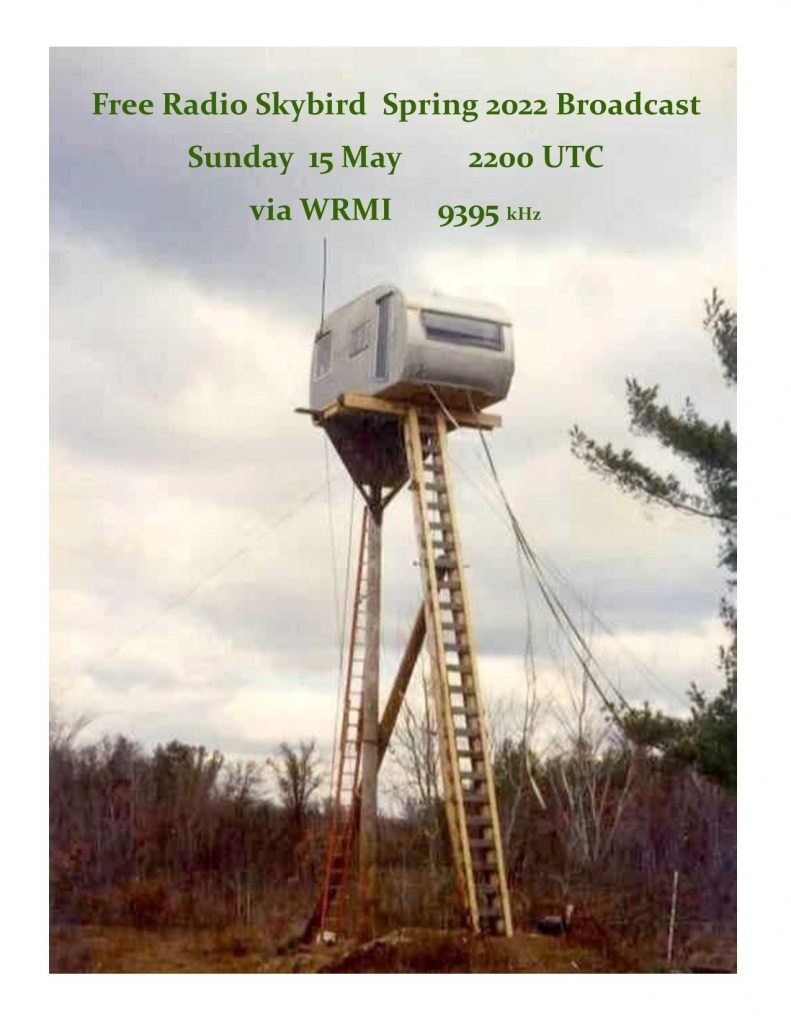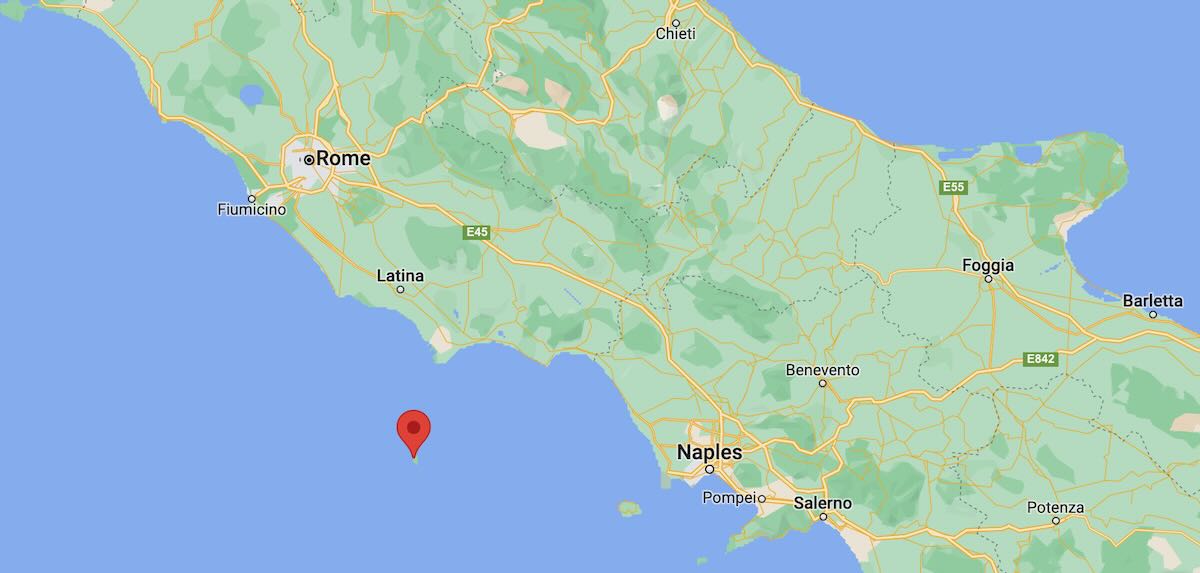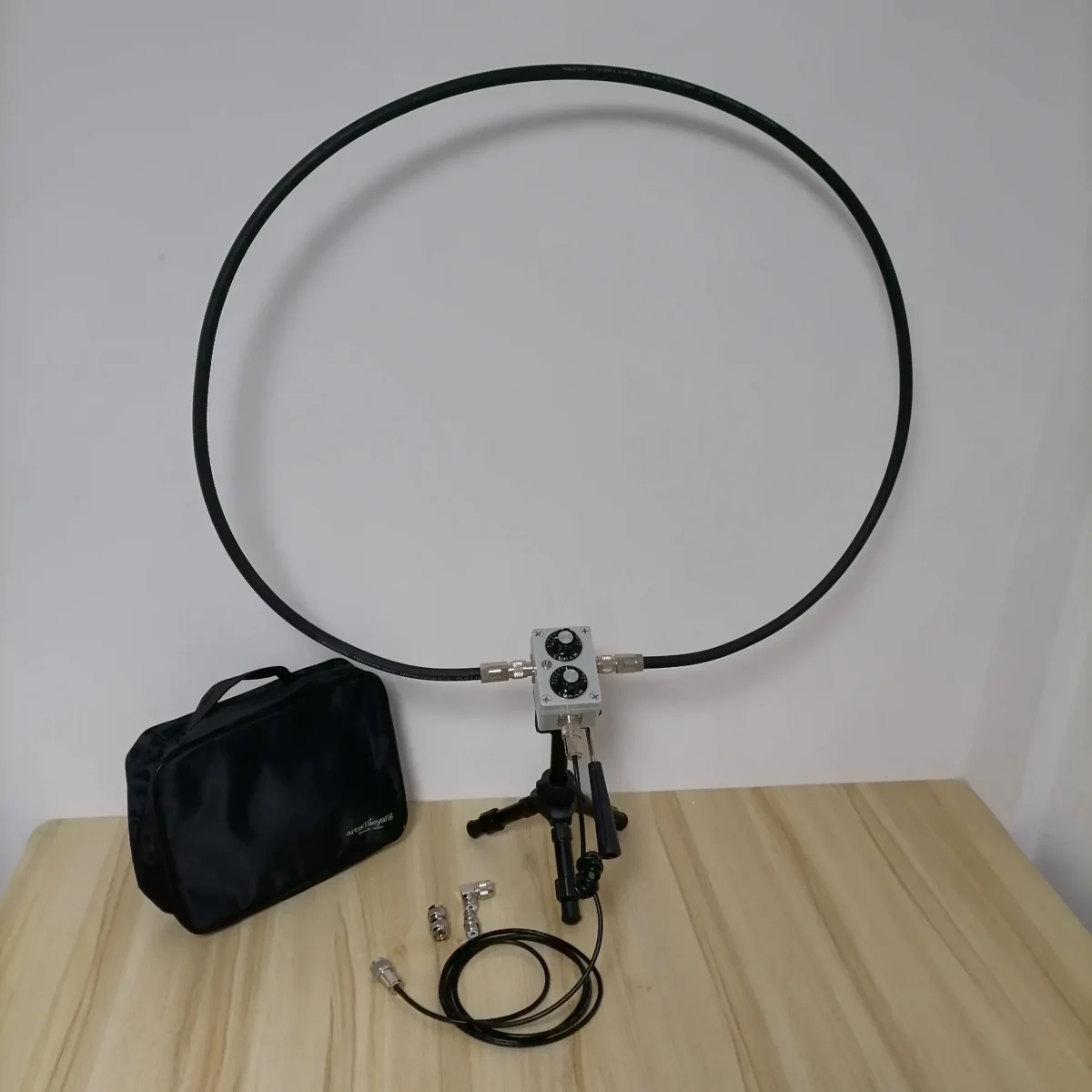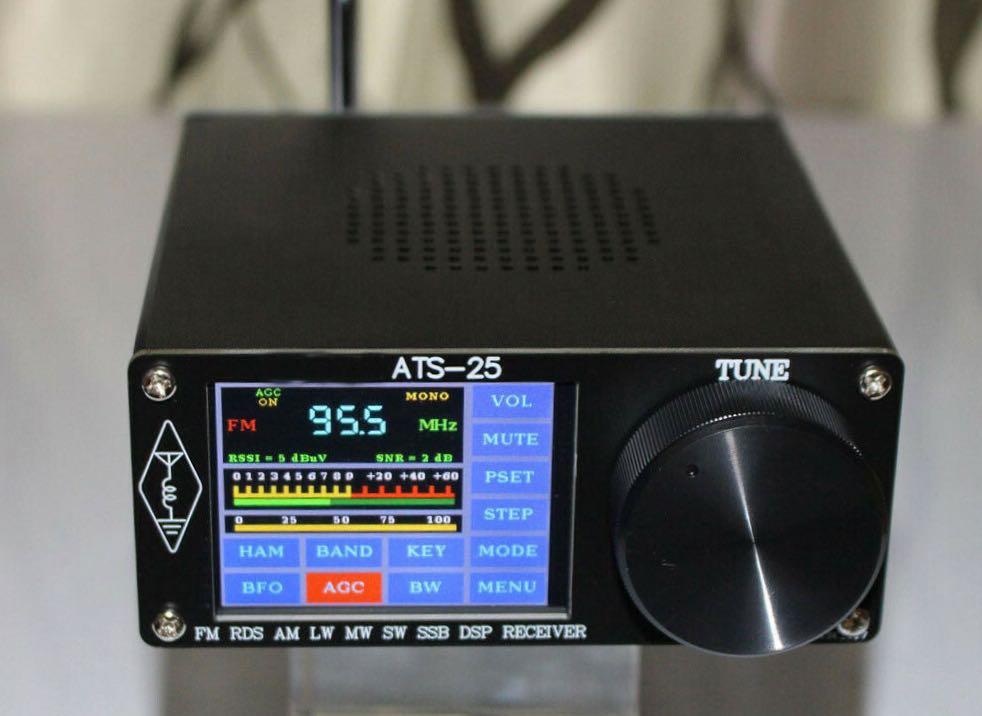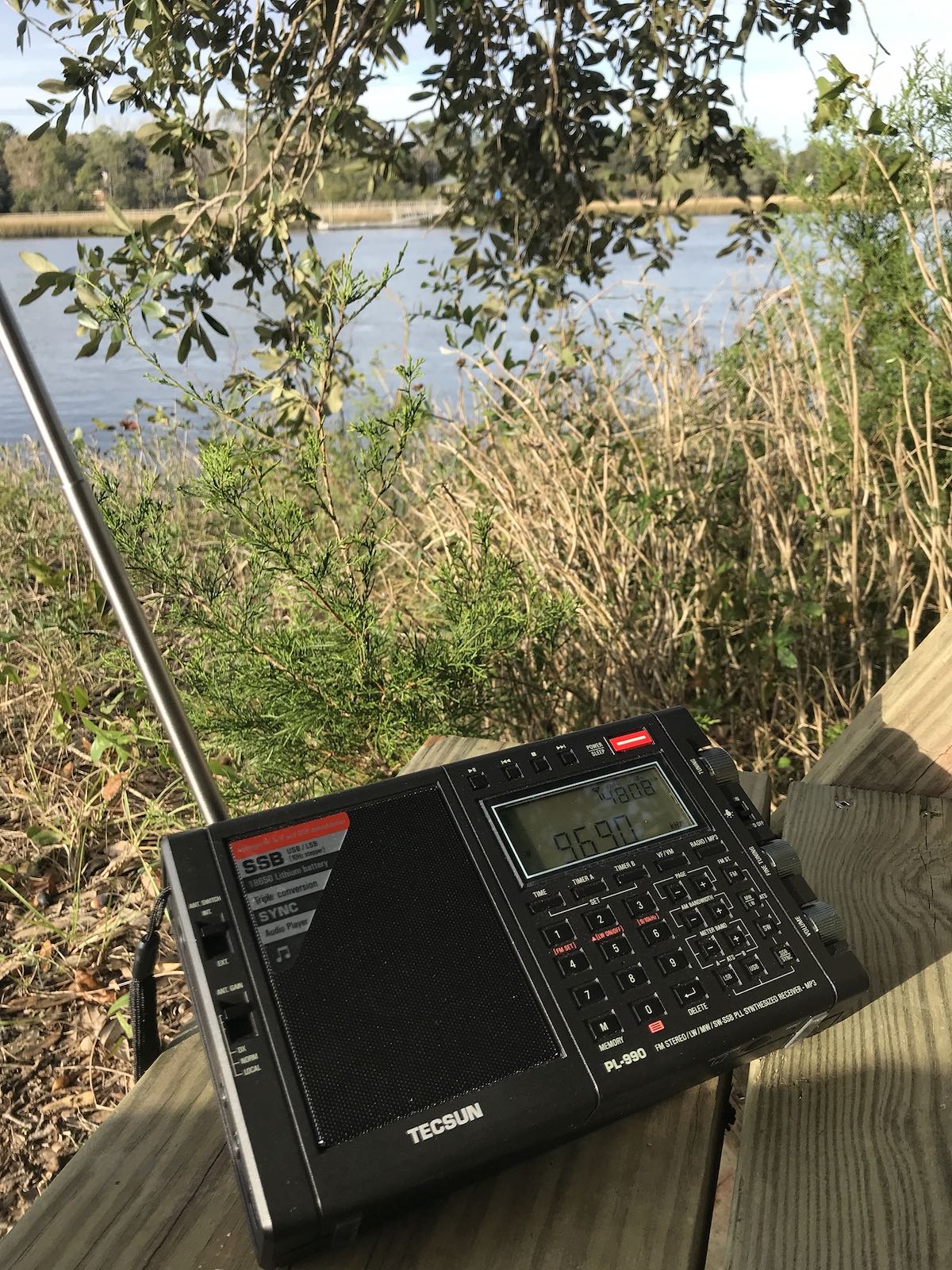Many thanks to SWLing Post contributor, Gayle Van Horn (W4GVH), who shares the following announcement:
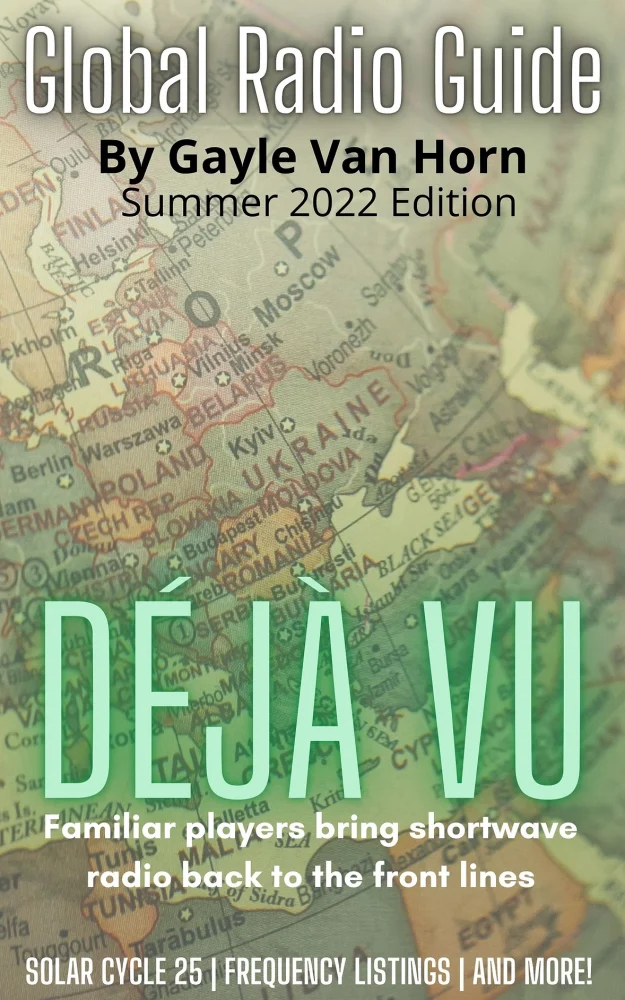
18th Edition of the Global Radio Guide (Summer 2022) Now Available
Familiar players and familiar places.
Familiar fears pushed by familiar voices.
The world has held its breath during the Russian invasion of Ukraine as images of the human suffering of war have brought back old memories and old fears from years gone by.
Just like these events have brought up once buried feelings, it has also brought what many thought to be “old” technology back to the forefront. While internet access is one of the first targets of invading regimes intent on controlling the narrative, the vast reach of shortwave radio transcends borders and other forms of connectivity.
It is déjà vu with a front row view.
For those who want to be on the front lines of the action, Gayle Van Horn’s (W4GVH) 18th Edition of her Amazon bestselling Global Radio Guide (Summer 2022) has all of the details you need to catch up with the latest from the front lines.
As one of the only remaining publications available with international broadcast frequencies and schedules, the Global Radio Guide (GRG) puts everything a radio enthusiast needs to navigate the action right in their hands.
In this completely updated edition, regular GRG contributors Ken Reitz, KS4ZR, and Fred Waterer (both also of The Spectrum Monitor) post features on monitoring the international broadcasters at the very forefront of the events. Larry Van Horn, N5FPW, adds his detailed information on monitoring of utilities on the shortwave bands, including military communications.
With the help of the GRG, you can tune in shortwave broadcast stations from additional hotspots such as China, Cuba, India, Iran, North/South Korea, Taiwan, and many other counties. If you have a shortwave radio receiver, SDR or Internet connection, pair it with this unique radio resource to know when and where to listen to the world.
This newest edition of the GRG carries on the tradition of those before it with an in-depth, 24-hour station/frequency guide with schedules for selected AM band, longwave, and shortwave radio stations. This unique resource is the only radio publication that lists by-hour schedules that include all language services, frequencies, and world target areas for over 500 stations worldwide.
The GRG includes listings of DX radio programs and Internet website addresses for many of the stations in the book. There are also entries for time and frequency stations as well as some of the more “intriguing” transmissions one can find on the shortwave radio bands.
In addition to the global hotspots, the GRG brings the world to you from other places on the radio dial.
Gayle Van Horn brings us into the tropics with her regular stroll through the tropical bands – one of the most challenging and rewarding pursuits for the shortwave listener.
Not only are the bands heating up with world events, but the HF bands themselves are becoming more alive as our sun wakes up from its slumber. What impact will this renewed solar activity have on listening? Tad Cook, K7RA, shares his atmospheric expertise with a primer on radio propagation while maintaining an eye on the ever-evolving Solar Cycle 25.
A bit lower on your radio dial, DX Central’s Loyd Van Horn, W4LVH, breaks down the basics of getting started with mediumwave DX and even gives us a fun summer project by diving into the powerful KAZ antenna that listeners can use to pull in elusive mediumwave signals from far beyond their home.
Whether you monitor shortwave radio broadcasts, mediumwave, amateur radio operators, or aeronautical, maritime, government, or military communications in the HF radio spectrum, this book has the information you need to help you to hear it all. Teak Publishing’s Global Radio Guide “brings the world to you.”
You can find this edition of the Global Radio Guide, along with all of our titles currently available for purchase, on the Teak Publishing Web site at www.teakpublishing.com. Details will be available at www.teakpublishing.com.
The 18th edition of the Global Radio Guide e-Book (electronic book only, no print edition available) is available worldwide from Amazon and their various international websites at
https://amzn.to/3kXqjqw
The price for this latest edition is US$8.99. Since this book is being released internationally, Amazon customers in the United Kingdom, Germany, France Spain, Italy, Japan, India, Canada, Brazil, Mexico and Australia can order this e-Book from Amazon websites directly servicing these countries. Customers in all other countries can use the regular Amazon.com website to purchase this e-Book.
You can read any Kindle e-Book with Amazon’s ‘free’ reading apps on literally any electronic media platform. You do not have to own a Kindle reader from Amazon to read this e-book. There are Kindle apps available for iOS, Android, Mac and PC platforms. You can find additional details on these apps by checking out this link to the Amazon website at www.amazon.com/gp/feature.html?ie=UTF8&docId=1000493771.
Teak Publishing Company
P.O. Box 297
Brasstown NC 28902
www.teakpublishing.com
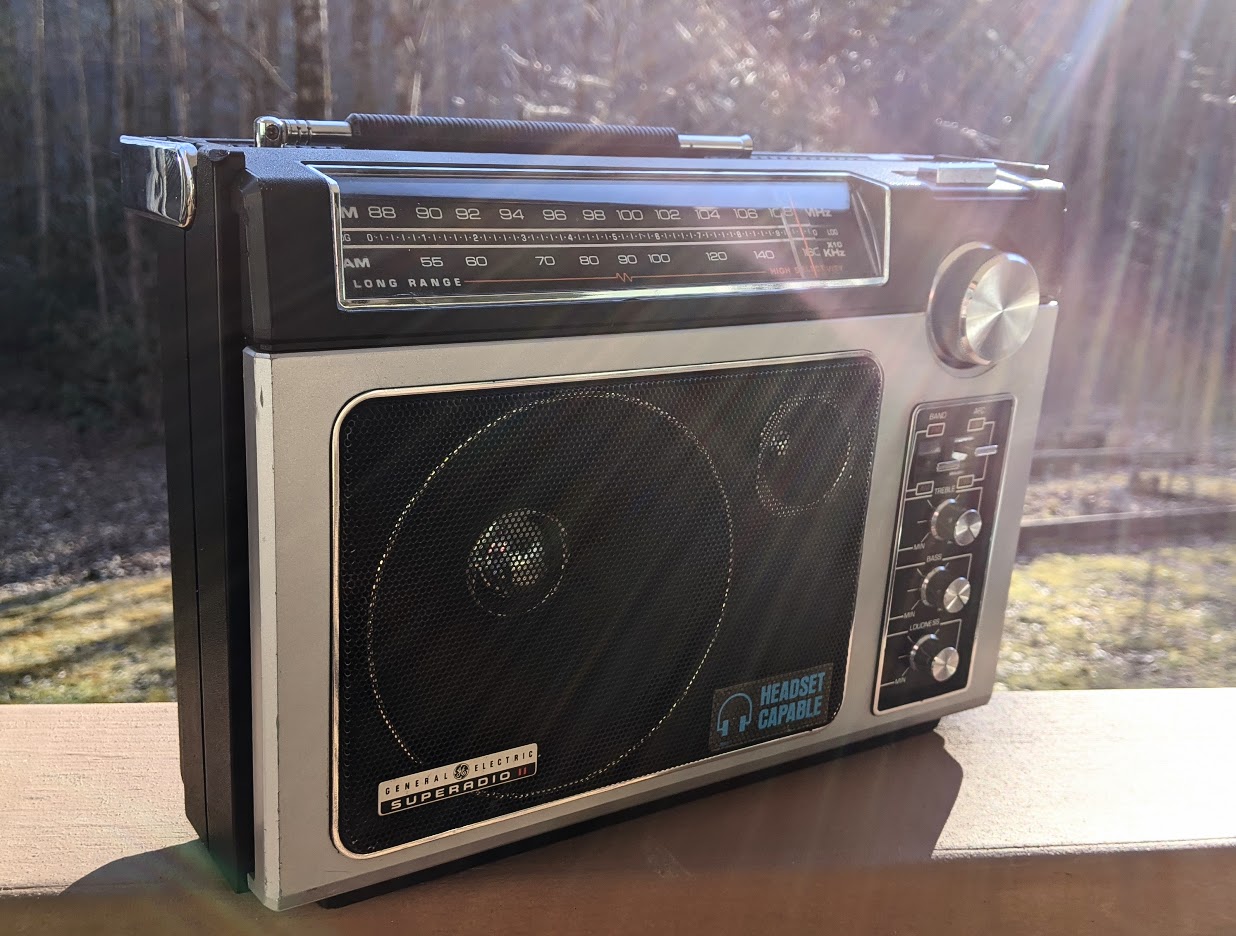 Many thanks to SWLing Post contributor, Paul Walker, who notes that he has only a few details about what appears to be a last minute DX test of WBOB in Jacksonville, Florida.
Many thanks to SWLing Post contributor, Paul Walker, who notes that he has only a few details about what appears to be a last minute DX test of WBOB in Jacksonville, Florida.
